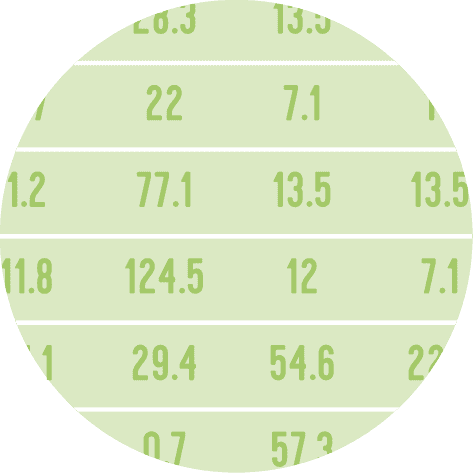Libraries
First, you need to import the following libraries:
- matplotlib for creating the chart and customize it
- pandas for storing the data used
import matplotlib.pyplot as plt
import pandas as pdDataset
In this post, we'll use a very simple dataset, that you can create as follow
height = [8, 7, 3, 12, 9]
bars = ('A', 'B', 'C', 'D', 'E')
df = pd.DataFrame({'height': height,
'bars': bars})Define the Hatch
This example provides a reproducible code in which you can change the texture of the bars using the set_hatch() function of matplotlib.
It must be in the following list: '/', '\\', '|', '-', '+', 'x', 'o', 'O', '.', '*'
# Create a figure and axis
fig, ax = plt.subplots()
# Create bars
ax.bar(df['bars'], df['height'],
hatch='/')
# Show the graphic
plt.show()Multiple hatchs
If you want to have a different hatch for each bar, we need to make some modifications in the initial code:
- define a list of hatches (with the same length as the number of bars)
- iterate over each bar and set the wanted hatch
# Create a figure and axis
fig, ax = plt.subplots()
# Create bars
bars = ax.bar(df['bars'], df['height'])
# Define some hatches
hatches = ['-', '/', '||', '*', '+']
for bar, hatch in zip(bars, hatches):
bar.set_hatch(hatch)
# Show the graphic
plt.show()Going further
This post explains how to change texture of a barplot with matplotlib.
You might want to check how to custom width of bars and how to change colors of the bars.






